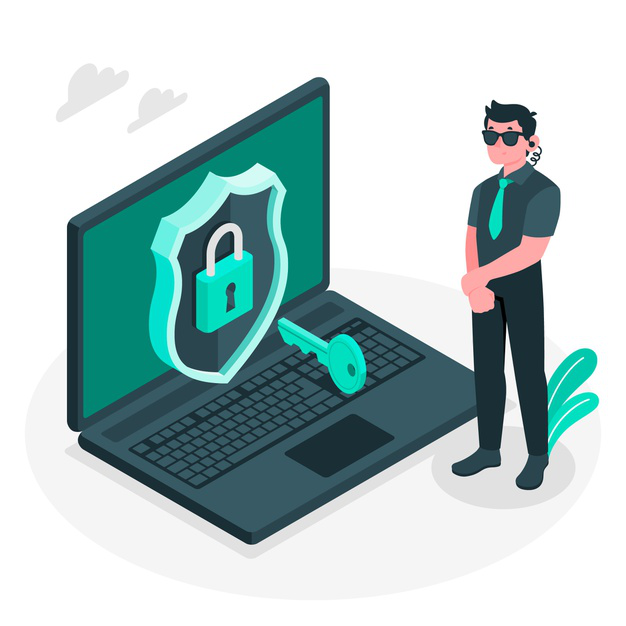If you own a website, then you should always be looking at how to make your website more secure. Even if you think your security is as high as it can be, times change, technology moves on and new standards are set. That said, here are some current key points you should know.
How to Secure a Website
Hopefully, you’re already covering basics such as keeping your software up-to-date and practicing robust user management. If you’re not, then you need to review these urgently. If you are then you should already have a decent level of security. There may, however, still be room for improvement. With that in mind, here are some tips on how to make your website more secure.
Implement two-factor authentication
It’s strongly encouraged to have robust password policies, but, at the end of the day, there’s often little you can do to stop users recycling the same password (or variations thereof) across multiple websites. This means that if one of those websites is compromised, your website could be put at risk.

If you implement TFA, then you are adding an extra layer of security which can compensate for that. Be aware, however, that TFA is not a “silver bullet” for your account-security issues. It can be compromised, especially if you implement it through text messages rather than through a token.
Use HTTPS throughout
HTTPS is standard HTTP plus SSL encryption. When you use HTTPS, encryption is applied to all data transferred between the website and the user (in both directions).
At present, implementing HTTPS will put you somewhat ahead of the average game. In general, sites tend to use it only when they think it’s necessary, for example, login and payment pages. Many sites don’t use it at all. Going forward, however, it’s increasingly likely that using HTTPS will be very important, if not mandatory if you want to be taken seriously by the search engines.
The main reason for this is that HTTPS enhances privacy over questionable internet connections, like many public WiFi hotspots. Given the fact that people are increasingly accessing the internet over mobile devices, this is likely to become a significant issue.
Audit your software regularly
One of the major attractions of the open-source content management systems is that they often allow you access to a wide range of third-party extensions (especially WordPress). Now, everyone knows that you should aim to minimize these so you reduce the likelihood that one (or more) of them will end up compromising your security in some way.
In the real world, however, what often happens is that people start adding third-party extensions for one reason or another and those third-party extensions wind up sticking around even if the reason for using them ceases to exist. Essentially, this is simply a variation on the theme of “digital clutter”, which is becoming a common issue these days.
Commit to auditing your software regularly and making sure that you really understand not just what software you are using but why you are using it. If you cannot find a clear and obvious reason for keeping an item of software, then get rid of it. If you find yourself missing it, you can always reinstall it.
Undertake robust checks, automated and manual
If you're serious about looking at how to make your website more secure, then you need to do more than build and maintain your defenses and eliminate anything which could compromise them. You need to monitor your website proactively and be prepared to follow through on any red flags you spot.
As an absolute minimum, you should invest in a website vulnerability scanner. As a minimum, this will have a web application firewall and an anti-malware product. Many companies will offer products with more advanced functionality and some of these are available at prices even SMBs can afford.
On that point, you also need a robust security product to protect any device you use to connect to your website, especially the back end. All your hard work you did to make your website more secure will be wasted if a hacker just compromises one of the computers you use to connect to it and gets hold of the details of an administrator account.
For maximum security, you should supplement automated checks with manual checks. In particular, keep an eye on your administrator accounts. You should be able to link every account you see with a known user and if you can’t then follow through immediately as something will be amiss, even if it’s just an internal user forgetting to do the relevant paperwork.
Please click here now to have your website scanned, for free, by cWatch from Comodo.





